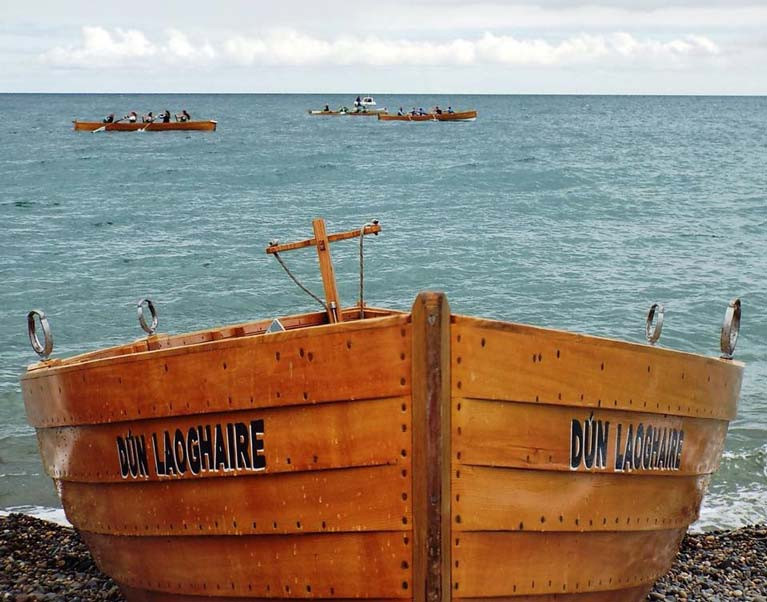Displaying items by tag: Niall O’Toole
St. Michael’s Rowing Club, Dún Laoghaire are organising a free live training session for anyone who has access to a rowing machine. The session is provided by Niall O’Toole, rowing Olympian and World Champion. The session will be streamed live on Facebook on Thursday, the 9th of April, at 8.00 pm.
The last few weeks have brought about many cancellations in rowing events, and more are bound to happen. With good reason too, as the safety of rowers and their families is most important, given the current circumstances. Naturally, this has an effect on the rowing community, not only in terms of the sporting calendar but also of the wellbeing of their members.
As many rowers would say, rowing plays an important part in the lives of amateur club members, especially in the spring and summer months. It is an opportunity to work out, stay fit but also to socialise. It is an exercise of being in the present, in tune with crew members, of syncing your movements, your breath and the focus of your attention. Most importantly, it is the practice of generously giving your energy, drive and passion to a crew. That often means getting past the pain barrier and becoming mentally strong to follow your aim. Sometimes the results are there with your crew, sometimes they go to different crews and different clubs, but the benefits are there for all. With this in mind, a group of rowers from the St. Michael’s Rowing Club, Dún Laoghaire, have come up with an initiative of providing a live training session for those who have access to a rowing machine.
The format of the session is: 1 hour long, with 4 areas to cover, relevant for everyone.
- First 15 min: Technique/ Warm Up/ Intro Drills
- Second 15 min: Endurance Rowing Tips and demo
- Third 15 min: 15 Mins Power Pull
- Fourth 15 min: Speed Hit
The session is given by Nial O’Toole of CrewClass. Crew Class was founded by Niall O’Toole, Ireland’s first-ever rowing World Champion, three-time Olympian 1992, 1996 and 2004 Olympics, and former World Record holder.
A multi-medallist, his pioneering international rowing career spanned two decades, including 15 World Championships. Niall will explain all the different aspects of using the erg, and also demonstrate.
The message from the St. Michaels’ rowers is that ‘anyone with an erg can join in - the session is free. We cannot change the present circumstances, but we want to give something back to the rowing community. We hope to be able to provide more free sessions in the upcoming weeks. So wherever you are, whatever level of experience you have, feel free to tune in this Thursday, the 9th of April, starting at 8.00 pm.’
The session will also be uploaded on Youtube within a few days of the live streaming.
























































